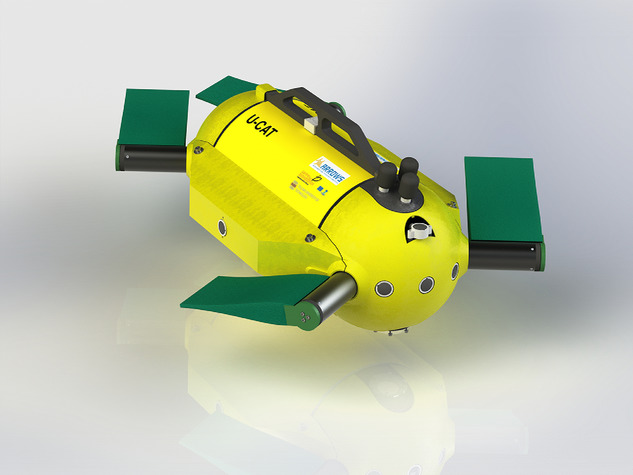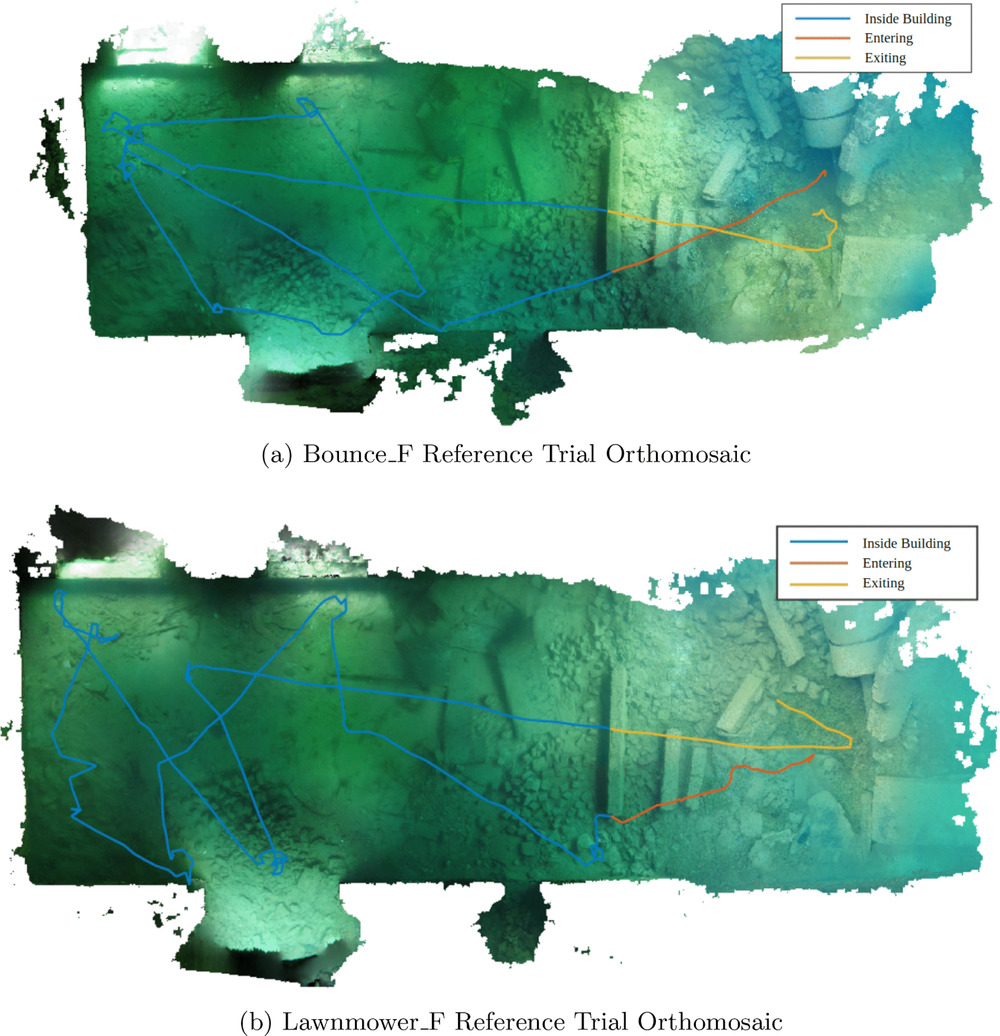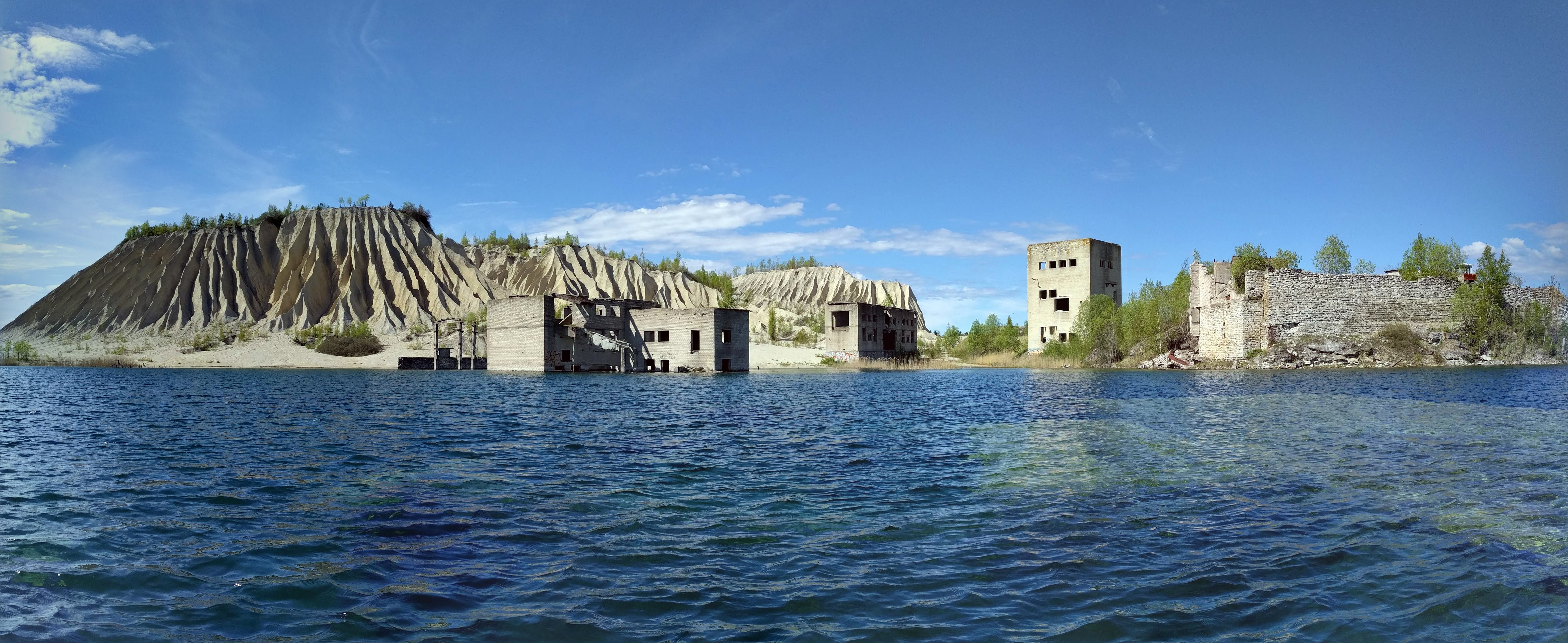Underwater Confined Space Mapping
This is a brief summary of work published in Underwater Confined Space Mapping by Resource-Constrained Autonomous Vehicle, Journal of Field Robotics, 2018. This research work was conducted during a Student Fulbright Award to Tallinn, Estonia to work with the Center for Biorobotics at TalTech.
Size, weight, and power constrained (SWAP) vehicles are exceedingly common in autonomous field robotics. Typically used as sensor-payload platforms or reconnaissance vehicles in potentially risky environments, the advantages of a SWAP vehicle are its versatility and agility. The "cost" is the relatively limited computational or energy load it can stand. In this work, we designed computationally tractable and sensor-limited mapping strategies to be deployed on a SWAP underwater vehicle designed by the Center of Biorobotics called a U-CAT for marine archeaological applications. U-CAT is a small, flippered AUV with several acoustic range-finders mounted in the nose, as well as single pingers looking above, below, and behind. It also had a rudimentary forward-looking camera. With only these sensors, we designed a methodology for U-CAT to navigate an unknown, enclosed space to collect film suitable for photogrammetric reconstruction of a target site, and we comment on the ability for U-CAT to autonomously enter and exit that space.


We tested our methodology in simulation and in Rummu Quarry Lake, which contains several submerged (largely intact) buildings. I invite those interested in this work to look over the JFR paper in full, which contains an analysis of different flavors of our methodology, an overview of anomolous field results, and more visuals of photogrammetric products.

In addition to this research advised by the Center for Biorobotics, I had the fortune of collaborating with others in the group on several projects as a software assistant, including this work on coordination of heterogenous underwater fleets. My experience was extremely formative to my later research in graduate school. I'm more than happy to discuss with any students considering a Fulbright application, my professional and personal experiences abroad, and assist with application reading.